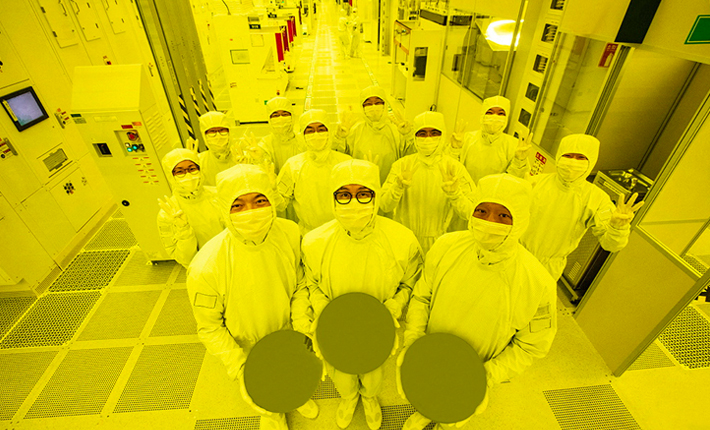China has avoided a recession, but debt problems are piling up. Output rose 3.2% year-on-year in the three months to June, following last quarter’s record contraction. Investment still looks tepid, employers are shedding jobs, and retail is anaemic. That means more bad loans. Unfortunately, the country is running low on distressed debt investors.
The pandemic has forced Beijing to prop up sectors, including exports and tourism, where demand has been hit hard and unemployment rising. Regulators, who had been working to deleverage the financial system, have been busy pushing banks to extend credit to riskier borrowers and roll over loans. They complied: in the first half of 2020, lenders issued a record $1.7 trillion in fresh loans.
Some of the funds will help healthy firms over a rough spot, but officials are warning of rising non-performing loans going forward. That will add to a $1.5 trillion stressed asset pool as of last year, according to PwC estimates. Several lenders have already required state rescues, and bank runs, like ones in Hebei and Shanxi provinces earlier this year, are cropping up. Stress has emerged in the country’s $3 trillion trust loan industry too, where a string of defaults provoked mass protests.
China’s economy grew 3.2% in the second quarter from a year earlier, data showed on July 16, recovering from a record 6.8% contraction the prior quarter.
In past episodes, Beijing relied on so-called bad banks, state-owned asset management companies, that bought problem loans, often at friendly rates, then tried to recover or resell them. That supported the development of a distressed debt market and freed up banks to keep lending without staining their balance sheets.
But even the major AMCs will be reluctant to swallow an infinite amount of duff credits. Many are even starting to pare down on purchases and diversify to improve profitability. Hong Kong-listed China Huarong, which held 1.7 trillion yuan in assets as of 2019, bought 30% less NPLs from banks last year than in the previous year.
New bank lending in China rose 22.3% in June compared to the prior month, to 1.8 trillion yuan ($260 billion), according to data released by the People’s Bank of China on July 13. The country has issued a record $1.7 trillion in loans in the first half of 2020, according to Reuters calculations.
To pad this shift, China has been easing market access for private investors. Last year, it allowed foreign “vulture funds” to buy bad loan portfolios directly from banks. But red tape and easier opportunities elsewhere meant uptake has been slow.
In the past, China outgrew its bad debts instead of recognizing them, but that’s unlikely to work this time. Better, perhaps, to stop shuffling them around, and start writing them off.
- By Pete Sweeney. The author is a Reuters Breakingviews columnist. The opinions expressed are his own.
























